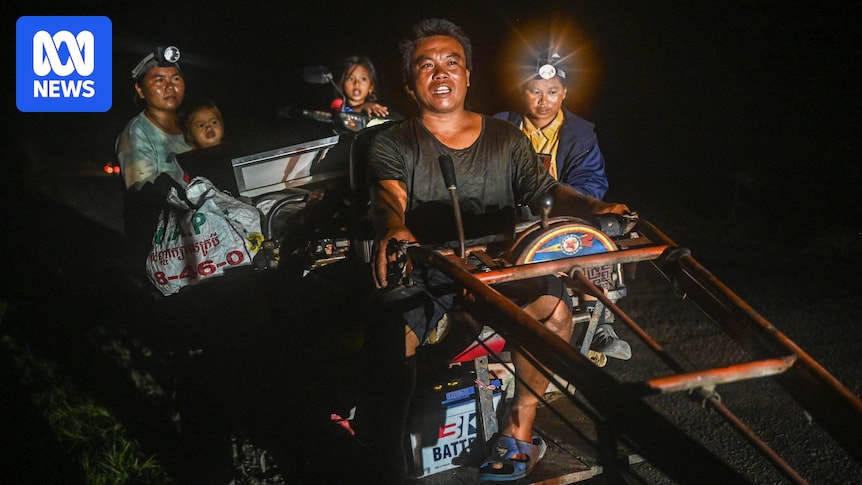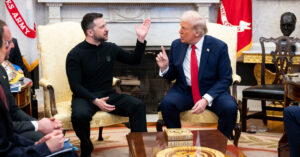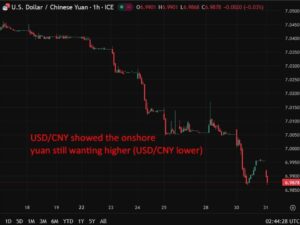
Thai and Cambodian soldiers are locked in fierce clashes along their shared border, marking a significant escalation that has claimed at least 14 lives, predominantly Thai civilians. The conflict, which involves small arms, artillery, and air strikes, is the bloodiest military confrontation between the two Southeast Asian nations in over a decade.
The violence erupted following a land mine explosion that injured five Thai soldiers, prompting retaliatory actions from both sides. According to Thai Defence Ministry spokesperson Surasant Kongsiri, fighting spread to at least six areas on Thursday, leading to diplomatic tensions as Bangkok withdrew its ambassador from Cambodia and expelled Cambodia’s envoy to Thailand.
Regional Tensions and Historical Context
The ongoing skirmishes are a stark reminder of the historical tensions between Thailand and Cambodia, particularly over the disputed area known as the Emerald Triangle. This region, where the borders of Thailand, Cambodia, and Laos converge, has been a flashpoint for conflict for decades, with sporadic clashes reigniting old grievances.
Ben Bland, Director of the Asia-Pacific program at Chatham House, highlights the symbolic and cultural significance of border temples, which are central to the dispute. “We know that a lot of temples on the border are really important, symbolically and culturally, for people in Cambodia,” Bland notes. He adds that domestic politics and nationalist sentiments in both countries are fueling the conflict.
Humanitarian Impact and International Response
The conflict has had a devastating impact on civilians. In Bangkok, Public Health Minister Somsak Thepsuthin condemned the attacks on civilians and a hospital as violations of international humanitarian law. “We urge the Cambodian government to immediately halt these war criminal actions,” he stated.
Meanwhile, in Cambodia, General Khov Ly reported that over 4,000 people have been displaced, with many seeking refuge in evacuation centers. The United Nations, through Secretary-General Antonio Guterres, has called for restraint and dialogue, emphasizing the need for peaceful resolution.
“We are deeply concerned over the current developments [and] hope both sides can properly resolve issues through dialogue and consultations,” said Chinese Foreign Ministry spokesperson Guo Jiakun.
Global Diplomatic Efforts
As the conflict escalates, global leaders are stepping in to mediate. Malaysia, currently chairing ASEAN, has actively engaged with both Cambodian Prime Minister Hun Manet and Thailand’s acting prime minister Phumtham Wechayachai, urging an immediate ceasefire. Malaysian Prime Minister Anwar Ibrahim expressed optimism about the willingness of both sides to consider peaceful dialogue.
The United States, European Union, France, and China have all issued calls for peace. China’s involvement is particularly noteworthy given its economic ties with both nations. However, as Bland points out, China’s approach is often more about mitigation than direct mediation.
Looking Ahead: Potential Consequences
The conflict represents a rare instance of military confrontation between ASEAN member states, raising concerns about regional stability. Experts warn of potential economic repercussions if the situation devolves into a prolonged diplomatic standoff.
“There’s more of a risk that it becomes a protracted diplomatic and economic battle between the two,” Bland cautions. “It just creates another point of tension for Southeast Asian nations.”
As the international community watches closely, the situation remains fluid. The UN Security Council has scheduled an emergency meeting to address the crisis, underscoring the urgency of finding a resolution.
The Australian government has advised travelers to reconsider plans to visit border areas in both countries, reflecting the heightened risk posed by the ongoing conflict.
In the face of mounting pressure, both Thailand and Cambodia must navigate a complex web of historical grievances, domestic politics, and international diplomacy to find a path to peace.







